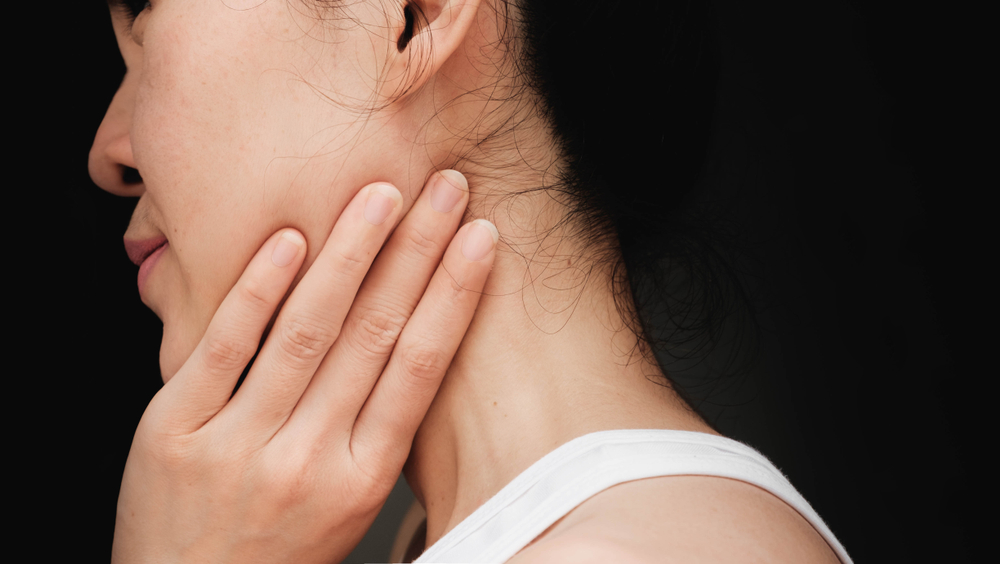Relief for Your TMJ Pain Right at Home
Whether your TMJ disorder is causing you to grind your teeth, lock or pop your jaw, or is causing facial pain, getting through each day without experiencing one of these symptoms is nearly impossible.
Dr. Robinette can help provide you with at-home treatments to alleviate your pain and discomfort. Although these aren’t permanent solutions like our occlusal appliances, these home remedies will be sure to help get you through the day.

Heat/Ice Therapy

When you feel dull aching in your jaw, applying heat to the area can help increase blood flow and relax your jaw muscles. Moist heat with a damp, hot cloth is also good to apply to the painful area to help improve function.
If you’re experiencing more of a sharp, intense pain in your temporomandibular joint, then apply an ice pack wrapped in a thin towel to numb the area, reduce inflammation, and encourage healing. Keep it on the side of your face for about 10 minutes and repeat every two hours if needed.
Relaxation Techniques
Stress is often associated with TMJ disorder, as it can cause you to unknowingly clench your teeth and tighten your jaw. Discovering different ways to relax and reduce your stress can also positively reflect on your jaw pain.
Massage the areas along your jawline, towards your ears, and up to your head throughout the day. Open your mouth while you make your way to your ears so you can enhance blood flow and soothe tension.
Another way you can relax is by practicing deep, slow breathing through yoga or meditation.

Follow a Soft Food Diet

If your TMJ pain has been persistent throughout the day and has prevented you from eating a complete meal, try consuming soft or blended foods to allow your mouth and jaw to rest.
Try to avoid foods that require your mouth to stretch and open wide such as corn on the cob, apples, or chewy foods.
Jaw Exercises
Slow jaw exercises can also provide a sufficient amount of help to increase your jaw mobility and healing. Some exercises to try include:
- Rest your tongue on the top of your mouth and allow your teeth to separate while relaxing your jaw muscles.
- Pull your chin straight back, creating a double chin while standing up straight with your shoulds back and chest up.
- Strengthen your chewing muscles by squeezing your chin with two fingers and closing your mouth as you apply gentle pressure on your chin.

Avoid Yawning & Sleep on Your Side

Try your best not to completely yawn where you’re stretching out your jaw to its fullest. To do so, use your hand to support your chin from opening all the way and to prevent your jaw from locking open.
You can also try sleeping on your side, or even your back, with the help from a support pillow. This will keep you from moving onto your stomach and having your head turned to one side which causes misalignment and neck strain that can move to the jaw.
Ask Dr. Robinette About More Treatments
If your symptoms severely persist after two weeks of home treatments, call our Spring Hill office to schedule a consultation with Dr. Robinette so he can get you started on effective, pain-free treatment. For those who are waiting for their oral appliance or splint, practice these home remedies to mitigate your pain before your treatment is ready.
